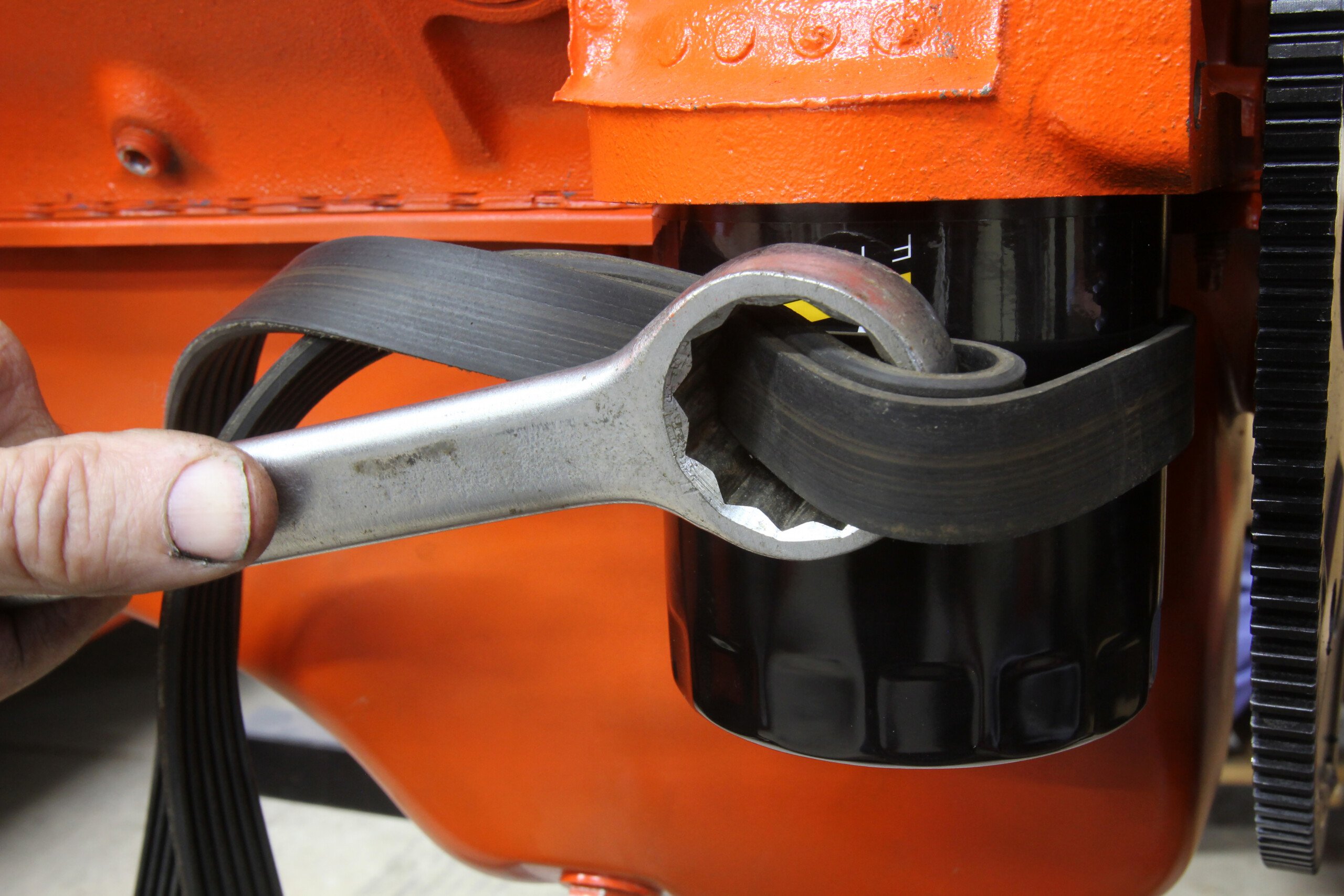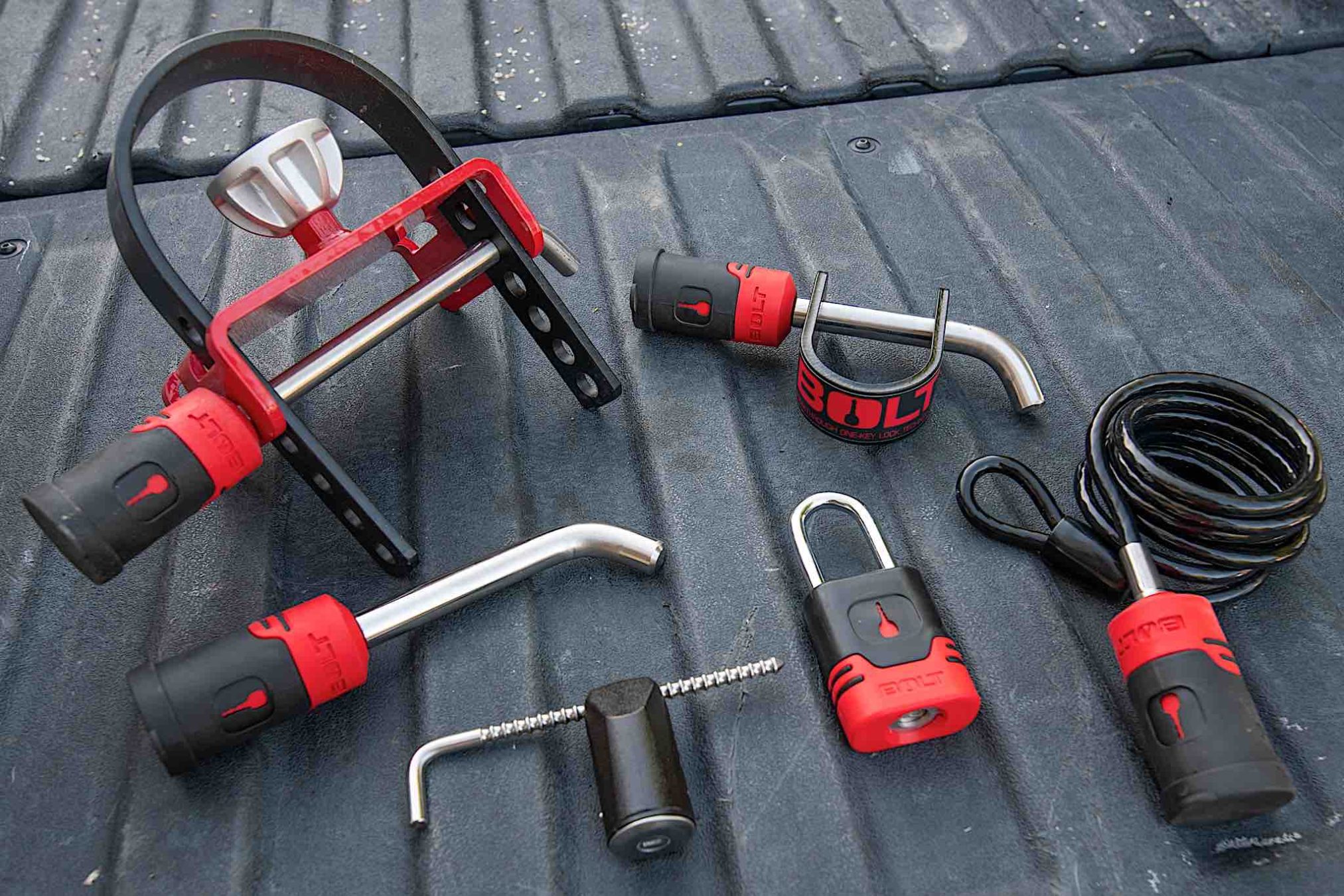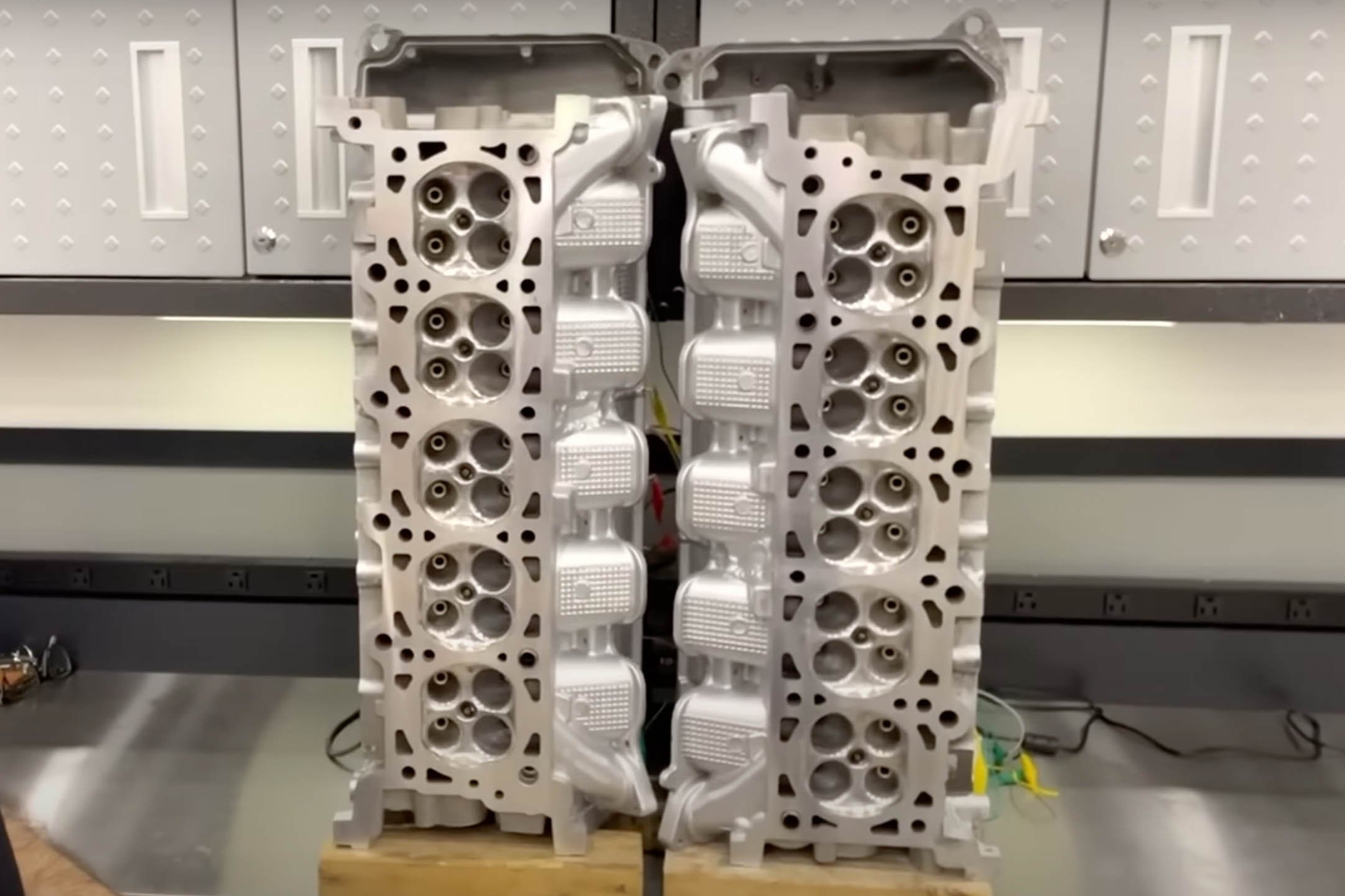If you’re a fan of fat-fendered cars, check out this rare 1938 Ford convertible that was hidden away for decades and emerged in surprising condition. The guys over at Iron Trap Garage bring us the video. This is a DeLuxe model with a heart-shaped grille, a feature that makes it unique from other Fords of the same era. It also has a Pontiac engine that replaced the original Flathead V8 long ago.
The car was discovered somewhere in upstate New York, where it spent a long time in storage. It was hot-rodded before it was parked, but it still retains most of its original parts and charm. However, it needs a lot of work to become road-worthy again. The paint is faded, the interior is ruined, and the engine doesn’t run.
?si=QP48EViJzOBRchcH
The 1938 Ford is not a rare model in general. However, the convertible variant is quite uncommon. Out of the 13,485 DeLuxe convertibles that Ford made in 1938, only 6,080 were the two-door, five-seater Club Convertible like this one.
So, you’ve found a derelict old Ford, and a desirable one at that. How do you tackle a restoration? The following is a cheat sheet of what you’re getting yourself into. Let’s start at the beginning and walk you through the steps needed to resuscitate this old Ford.
- Assess the condition of the car and its components
- Find and replace missing or damaged parts
- Repair and repaint the body and the chassis
- Restore and upgrade the interior and the electrical system
- Tune and test the engine and the transmission
Assess the Condition of the Car and Its Components
The first step in restoring a classic car is to assess its condition and determine what needs to be fixed, replaced, or improved. You’ll need to inspect the car thoroughly and take notes of any issues you find. You’ll also need to check the car’s history and documentation to verify its authenticity and ownership.
Some of the things you should look for are:
- Rust and corrosion on the body, chassis, and suspension
- Dents, scratches, cracks, and holes on body panels and glass
- Wear and tear on the tires, brakes, steering, and suspension
- Leaks and damage to the engine, transmission, radiator, and fuel system
- Malfunctions and deterioration in the electrical system, lights, gauges, and switches
- Stains, tears, mold, and odors on the upholstery, carpet, dashboard, and seats
You should also try to start the car and see if it runs or cranks. If it doesn’t, you’ll need to troubleshoot the problem and find out what’s preventing it from starting. It could be a dead battery, a faulty starter, a bad spark plug, a clogged fuel filter, or something else.
Find and Replace Missing or Damaged Parts
Once you have a clear picture of the car’s condition and the parts that need attention, you’ll need to find and replace them. Depending on the availability and the cost of the parts, you may have to choose between buying new, used, or aftermarket parts, or repairing the existing ones.
Some Sources To Find Used Parts
- Online marketplaces and auctions, such as eBay, Craigslist, or Hemmings
- Local junkyards, salvage yards, or scrap yards, where you can find parts from similar or compatible cars
- Specialty shops and dealers, such as Mac’s Auto Parts, Bob Drake Reproductions, or Dennis Carpenter Ford Restoration Parts
- Car clubs and forums, where you can network with other enthusiasts and get advice and referrals
You should also check the car’s VIN (vehicle identification number) and the part numbers to make sure you get the right parts for your model and year. You can use online tools, such as FordEtis, to decode the VIN and get information about the car’s specifications and features.
Repair and Repaint the Body and the Chassis
The next step in restoring a classic car is to repair and repaint the body and the chassis. This is one of the most challenging and time-consuming steps, as it requires a lot of skills and tools.
Here are some of the steps you’ll need to take. Remove the body panels, trim, bumpers, and the glass from the car. You need ned to sand, grind, cut, weld, and fill any rusted, dented, or damaged areas on the metal. After the metal repairs are complete you’ll need to apply primer, filler, and paint to the body and the chassis, using the original color or a custom one. Once the paint is dry you’ll need to reinstall the body panels, the trim, the bumpers, and the glass, making sure they fit and align properly. Finally, you’ll be able to polish and wax the car to give it a glossy and smooth finish.
Restore and Upgrade the Interior and the Electrical System
The interior and the electrical system are critical elements to restore and upgrade, as they affect the comfort and functionality of the car.
The first thing you’ll need to do is remove the upholstery, the carpet, the dashboard, and the seats from the car. You’ll want to clean, repair, or replace any stained, torn, moldy, or worn-out materials. Once everything is ready, you’ll install new or refurbished upholstery, carpet, dashboard, and seats, using the original style or a custom one. While you’ve got the interior torn out, replace or repair any faulty or outdated electrical components, such as the wiring, the lights, the gauges, the switches, and the radio. You can also add any modern features or accessories, such as a stereo system, a GPS, a backup camera, or a security system if desired.
Test the Engine and the Transmission
The final step in restoring a classic car is to tune and test the engine and the transmission. This is the most crucial step, as it determines the performance and the reliability of the car.
The first steps should be to change the oil, the filters, the spark plugs, and the fluids in the engine and the transmission. You will need to inspect, adjust, or replace any worn or damaged parts, such as the belts, the hoses, the gaskets, the valves, and the pistons. You should clean, rebuild, or upgrade the carburetor, the distributor, the ignition, and the fuel pump to eliminate any possible issues. Finally, check and fix any leaks, noises, vibrations, or emissions from the engine and the transmission.
Bottom Line
Restoring a rare 1938 Ford convertible is a rewarding and satisfying project for any classic car enthusiast. It takes a lot of time, money, and effort, but you’ll be rewarded. Just make sure you have lots of patience, money, and tolerance for bumps in the road.




















